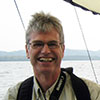We were deeply saddened by the news of the death of Prof. Jenny Clack FRS from cancer earlier this month. Jenny was an inspirational scientist and great friend of National Museums Scotland.
Throughout a very long and distinguished career she made a series of extraordinary discoveries and her research has changed our understanding of early vertebrate life on land. Seminal works on early tetrapods, including Acanthostega and Ichthyostega, and a beautifully written book (Gaining Ground) are just a handful of the great range of publications for which she rightfully received high honours and accolades in the world of science. She was a high profile international figure advocating for vertebrate palaeontology at every opportunity. At the same time, she was also a wonderfully warm and compassionate person with a marvellous interest in the arts and the world around her: almost equally happy singing choral music as she was uncovering the mysteries of life on earth.
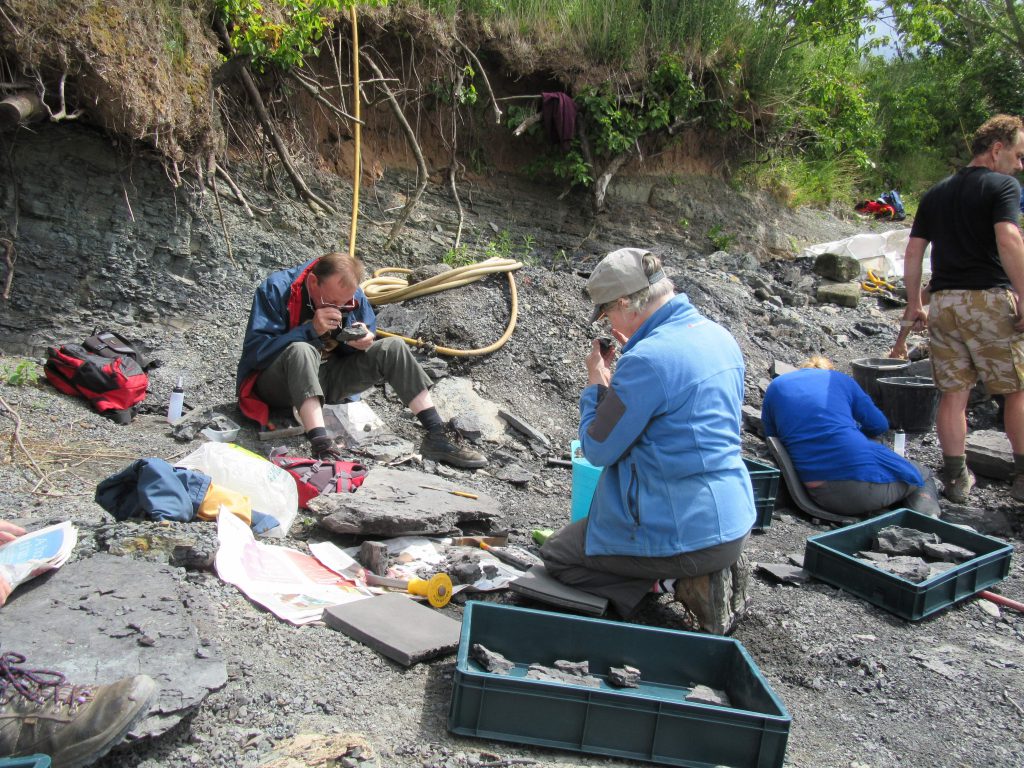
Jenny contributed greatly to National Museums Scotland’s collection of Palaeozoic vertebrates and in so many ways. Sometimes it was through her new research on fossils collected by others, such as the renowned Scottish palaeontologist Stan Wood. Her work on the famed East Kirkton fossils fall into this category. On the back of another major Stan Wood discovery, she led the ground-breaking TW:eed project which generated a completely new perspective on the vertebrate transition from water to land. The highly successful Fossil Hunters exhibit was based on this program of research. Some of the specimens collected during the TW:eed project, such as Koilops herma, joined others that were named by Jenny as new species. Jenny also donated some of her own finds to our collections and invariably on her frequent visits to the museum she brought a healthy dollop of inspiration to different generations of curators.
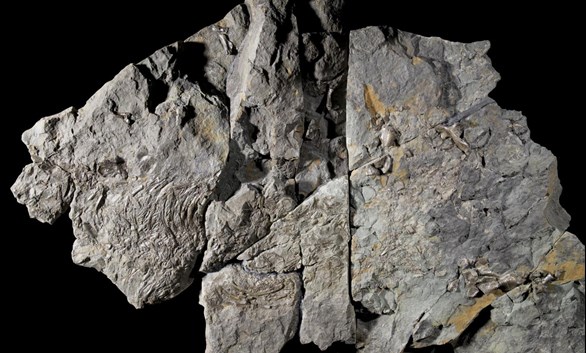
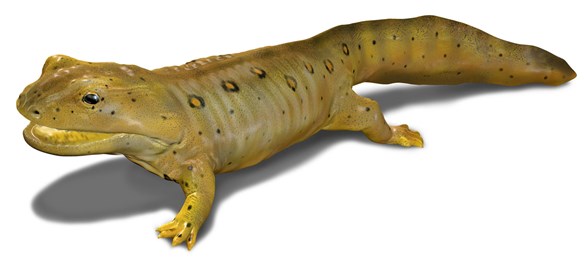
Towards the end of her life, Jenny was working hard to finish the many projects she had begun in recent years. Our collections feature strongly in this work which, among other discoveries, have revealed the early appearance of specialised teeth in the Early Carboniferous.
Her love of field work, where she was always in pursuit of the next great find, was an example to her colleagues and students. Whether it was racing the tide to collect along the foreshore at Burnmouth or helping to temporarily drain a small part of the Whiteadder river at Chirnside, Jenny was in her element when out collecting. The endless days of mist, rain and midges of a Scottish summer did nothing to deter her enthusiasm for splitting just one more piece of rock!
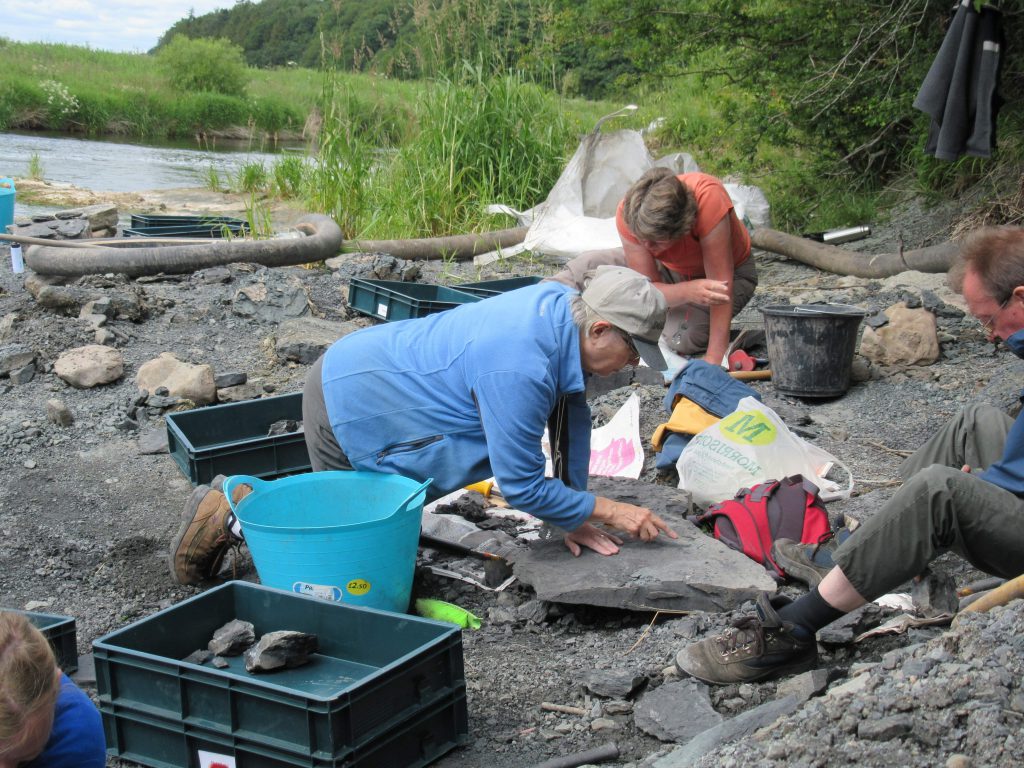
She also loved nothing better than preparing her finds in the lab. I recall a day in 1990 preparing Greenland fossils in the Cambridge lab. Working on the hand of an Ichthyostega, I was so thrilled to find a sixth digit. Of course, I had to tell Jenny immediately, and the rest of the afternoon she kept returning to the lab at regular intervals to witness and, of course, demand even greater effort on my behalf!
Jenny has literally followed in the steps of the great American palaeontologist, Alfred Sherwood Romer. She built on his work in a way that I am sure would have gained his immense admiration and appreciation. Jenny was a true friend, colleague and teacher but first and foremost she was a pioneer in the field of vertebrate palaeontology. A great role model for Women in Science, she stands alongside the giants of our profession.
